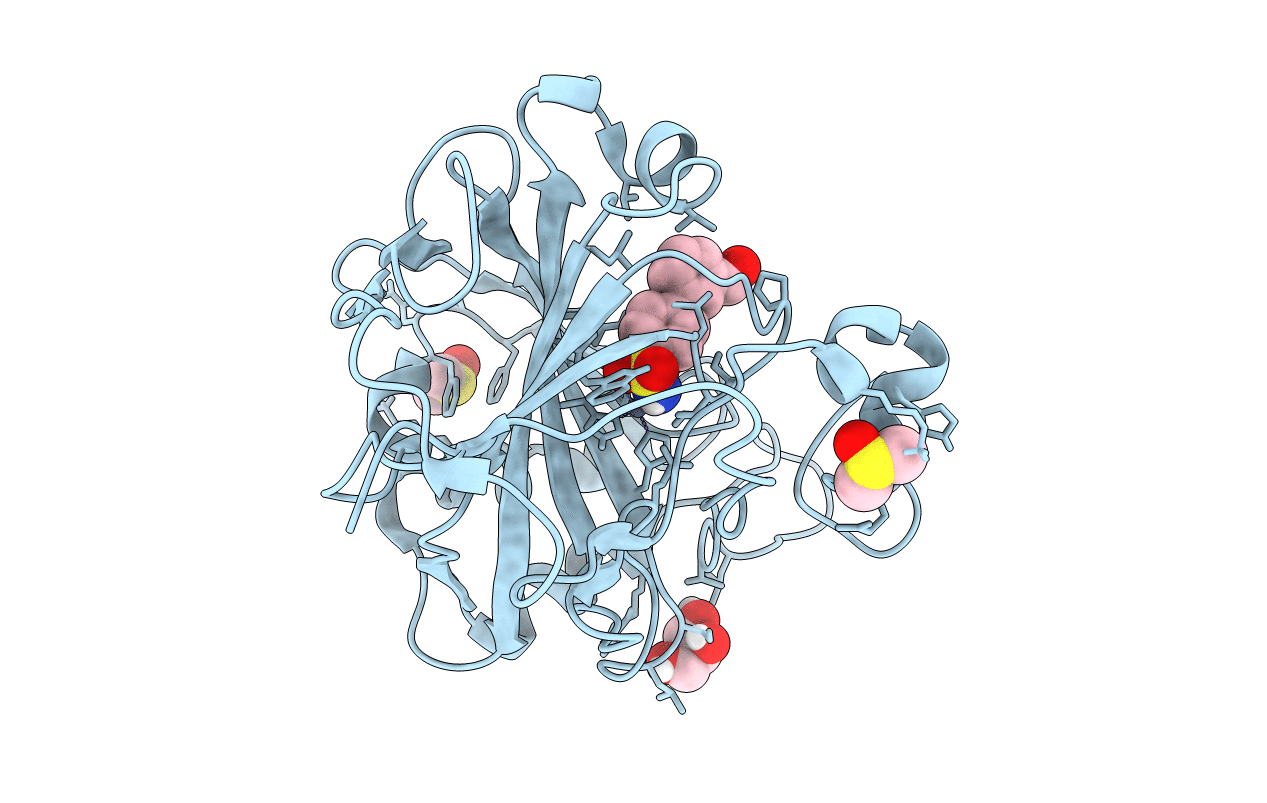
Deposition Date
2016-08-12
Release Date
2016-12-28
Last Version Date
2023-10-04
Entry Detail
PDB ID:
5SZ6
Keywords:
Title:
Carbonic anhydrase IX-mimic in complex with 4-(3-formylphenyl)-benzenesulfonamide
Biological Source:
Source Organism:
Homo sapiens (Taxon ID: 9606)
Host Organism:
Method Details:
Experimental Method:
Resolution:
1.15 Å
R-Value Free:
0.15
R-Value Work:
0.14
R-Value Observed:
0.14
Space Group:
P 1 21 1


